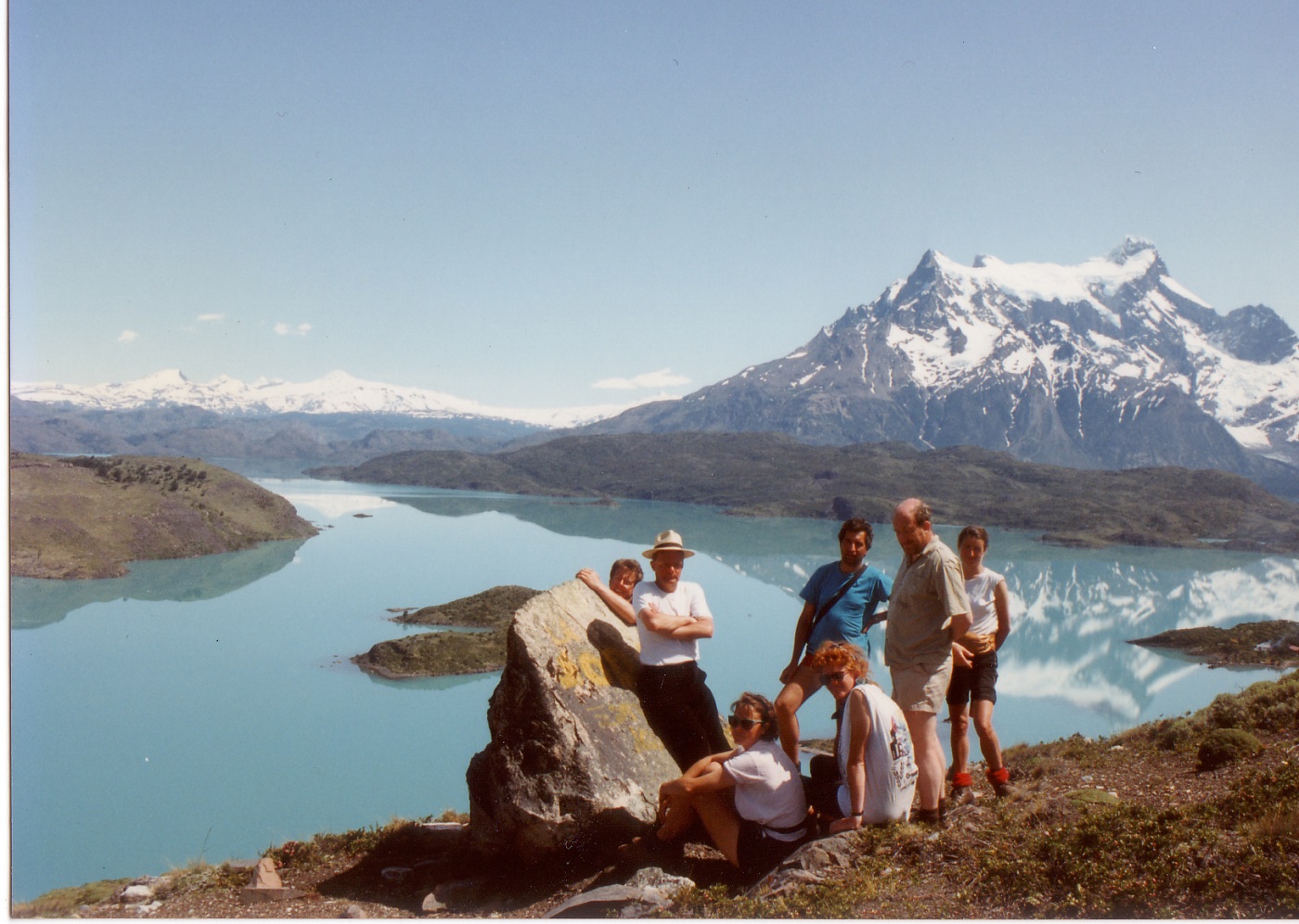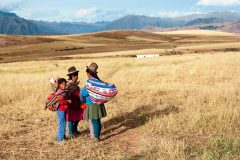The Transformation of Latin America in 40 years

The world has changed a lot in the past 40 years. Much of this transformation has come as a result of new technology. But these changes are not homogeneous across the globe. In some countries, the physical and social infrastructure remains stubbornly the same with potholed roads, tired old bridges, crumbly schools and hospitals and an unchanging rural landscape. Better production values for music and films yes, but culturally no great earthquakes.
It’s a bit different in Latin America. I can speak from experience, as I have been living, working and travelling there since 1981.
You had to be rather intrepid in the early days. Communications on all levels were poor – there was only one paved road in Peru; public transport in Bolivia consisted of bouncing around on the back of a truck. Andean villages were isolated and remote: upon reaching one in a weekly beer lorry from which I had hitched a lift, the local children were so unfamiliar with white European women that they breathlessly asked if I was Princess Diana (sadly no resemblance pertained). Chile’s Carretera Austral hadn’t even opened the door to vast areas of Patagonia. It took three days to get to the northern Brazilian Pantanal by land. I had to travel into Honduras from Belize in a clandestine motorised dinghy. In 1982, many of the governments were military dictatorships; coups and revolutions were commonplace, tear gas and water cannon were regular features of city life. Black markets thrived everywhere and you’d change your money with a shady bloke under a road bridge.

And as for food – well, as a budget-minded tourist, you couldn’t really be fussy. Cusco had one proper international restaurant, Trattoria Adriano’s on the main plaza (miraculously it is still there). In Central America you’d eat the same dish everywhere – beans, rice, plantains and fried egg. Every day. “Exotic” cuisine throughout Latin America was represented by family-run Chinese chifas or simple pizzarias.
Journey Latin America moved in at this point. It was no easy task logistically. Communications with local partners was by phone until the fax came along. Paper vouchers crossed the Atlantic to authenticate hotel bookings. With few local airports having radar, domestic flights were cancelled with cavalier frequency.
I was a JLA Escorted Group tour leader from 1987-92. I loved the challenges, and they were manifold. The success of our group adventures was often the embodiment of the triumph of hope over experience. Our guests valiantly accepted that the proposed itinerary was a best case scenario; unavoidable delays were frequent. Overnight bus journeys (many departures only ran overnight) were enlivened by the chuckling of chickens and wailing of infants. Oh, and punctures. Lots of them. Accommodation was rudimentary – occasionally we had to stay in a hotel where rooms were, erm, paid for by the hour.

The word “boutique” had yet to be invented in the hotel context. Jungle lodges, often little more than thatched shacks, had communal showers fashioned from tin cans with holes punched in them. In national parks you might have no option but to camp; walking upward of 17 kilometres to the site, carrying all your own gear including your own cartons of wine. You’d travel around the Galápagos Islands in a vessel which was less glamorous than a tub, and to Antarctica in an ageing, shabby Russian research ship. You’d almost have to hang from the ceiling on a train. What are now glitzy seaside resorts were little more than fishing villages.
Gradually, things started to change. In the late 90s and 2000s, ambitious road improvement programmes were springing up everywhere and travelling times were dramatically reduced. Independent and chain hotels sprouted wherever there was a tourist interest. Quality restaurants appeared on the plazas. Internal flights became more frequent and reliable. We could confidently promise that our guests would get exactly what they had booked. Latin Americans picked up the beacon and responded to an unlimited demand and curiosity from foreign visitors, guides becoming fluent in foreign languages and well versed in their own countries’ history, geography, biology and culture.
And in the last ten years, we have seen greater diversity - smart boutique hotels, fusion cuisine, luxury expedition ships, opulent trains. You can still camp as you hike, but often you can choose to stay in top quality lodges if you’d prefer. The range of experiences available has multiplied – once upon a time you’d be offered a standard city tour or wildlife-spotting canoe ride, and that was it. Nowadays, you can learn to cook from an award-winning local chef, you can cycle to micro-brewery, relax at a luxury vineyard sipping premium Latin American wines, gallop across the steppes, discover what were once inaccessible traditional communities.
With 40 years’ of experience at our fingertips, we can guide you to the best place to observe a total eclipse, discover eco-friendly lodges in natural bio-reserves where the wildlife is at its most prolific, help you choose the most unspoilt stretch of coast on which to wind down. But we recognise now that the more confident traveller is looking for more independence: in a country once criss-crossed by dangerous pitted tracks, we have created self-drive itineraries in more than a dozen countries, where you travel at your own pace along safe and well-made roads. Countries which might have appeared a daunting prospect for families nowadays offer great child-friendly experiences.
Now that there is so much more to choose from, we think that being able to refer to experts to help you choose between the myriad of services on offer in Latin America is more important than ever. That’s where we come in.
Oh, and by the way, the 3 day bus ride in Brazil now takes less than 24 hours, the Carretera Austral is rapidly being paved, jungle lodges with private facilities are air-conditioned, and all our hotels charge by the day...
Tailor-made holidays
Flexible, custom-made holidays to Latin America created to match your exact requirements: our tailor-made itineraries are as unique as the clients for whom they are designed.
Design my tripPapagaio
Your edit for Latin American inspiration
Our exciting range of articles on Latin America explore everything from iconic destinations and lesser-known cultural gems to delicious traditional recipes. You’ll also find exclusive travel tips, first-hand client reviews and the chance to get your personal questions answered by our travel experts.
View Extraordinary Inspiration






































